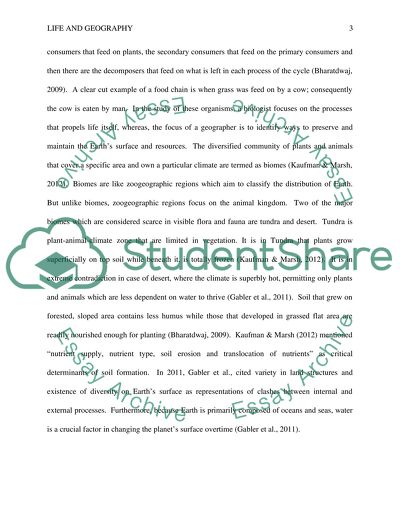The areas of the hydrosphere, the biosphere and the lithosphere Essay. Retrieved from https://studentshare.org/geography/1601994-the-areas-of-the-hydrosphere-the-biosphere-and-the-lithosphere
The Areas of the Hydrosphere, the Biosphere and the Lithosphere Essay. https://studentshare.org/geography/1601994-the-areas-of-the-hydrosphere-the-biosphere-and-the-lithosphere.


